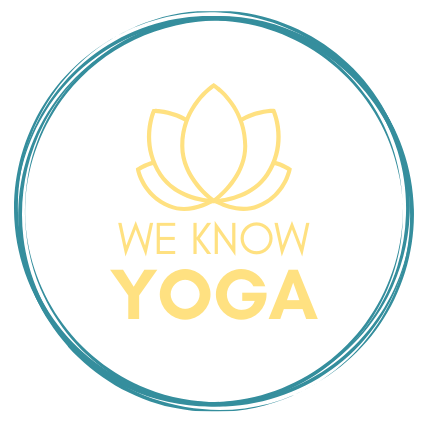We all know physical fitness is important. As the American Heart Association details, physical activity relieves stress and boosts moods, keeps your body working like it should, improves energy and sleep quality, promotes positive self-image, and plays an important role in the prevention of serious lifestyle diseases. If all exercise does that, why choose yoga?
Yoga offers all the standard benefits of physical activity and then some. As a mind-body exercise, yoga has a powerful ability to affect our mental state. Here’s why yoga should be a part of your life.
Yoga for Parents
Raising well-rounded, thriving children is hard work, and that’s not even close to everything you’re doing on a daily basis. As a parent, you have to excel at your career, run a household, raise your kids, and somehow find time for your own needs once in a while. With such a busy schedule, it’s easy to see yoga as a luxury, something that’s nice to have but not a necessity. But you shouldn’t underestimate the value of yoga practice. Yoga is an important tool not only for physical fitness, but also for centering yourself and returning to a mindful state — and that’s something you desperately need when you’re caught up in everyday chaos. Practicing yoga temporarily relieves that mental load so you can refocus on what’s important and stay mindful of how everyday stressors impact your mental state.
Yoga for Children
Yoga isn’t just for adults! Practicing yoga can do wonders for children. In addition to encouraging exercise and keeping growing bodies flexible, yoga helps children learn to manage their emotions and focus their attention. Kids who are constantly twitching with energy can gain control over their restlessness, which in turn makes them more capable classroom learners. By teaching mindfulness alongside yoga poses, children learn to be conscious of their emotions, which improves emotional intelligence and creates kind, considerate students.
Finding the Right Yoga Practice
Many different styles of yoga exist, each serving a different purpose. While Ashtanga and Vinyasa yoga are excellent for breaking a sweat and coordinating breath with movement, Yin yoga, Iyengar yoga, and restorative yoga are slow-paced styles that encourage physical and mental relaxation. Anusara yoga focuses on aligning the heart, body, and mind, while Kundalini yoga emphasizes personal awareness.
Rather than choose one yoga practice and stick with it, develop a repertoire of several styles. For example, you may practice Vinyasa yoga to promote positive energy at the start of your day, but opt for Yin yoga to recenter yourself after an emotionally challenging event. Children may struggle to stay focused while practicing slower-paced yoga styles, but feel confident and engaged in the regimented flow of Ashtanga yoga. Yoga games that keep things light and fun are perfect when first introducing kids to yoga.
Fitness goals can factor into your choices as well. While all forms of yoga help you focus on flexibility and balance, the more athletic forms of yoga can serve as excellent strength training. Ashtanga yoga is good for targeting multiple areas of the body including the core and legs. Know your fitness goals so you can choose the yoga styles that suit them.
Making Exercise a Habit
It’s easy to start practicing yoga, but turning it into a habit is difficult. But making the most of yoga’s physical and mental health benefits requires regular practice. To establish a yoga habit in your household, schedule a time slot to practice as a family. If you don’t have time in the mornings before work or school, consider an after-school family yoga session to help you and your children recenter after a busy day on the go. Set reminders on your phone so you don’t skip a session. After a month or two, your afternoon unwind will be something everyone looks forward to.
Yoga is a wonderful form of exercise, but it’s more than that. By emphasizing the connection between body and mind, yoga helps adults and children alike stay focused and centered in everyday life. And in a fast-paced world that pulls us in many directions at once, mindfulness is a tool everyone can use.
Image via Pexels
